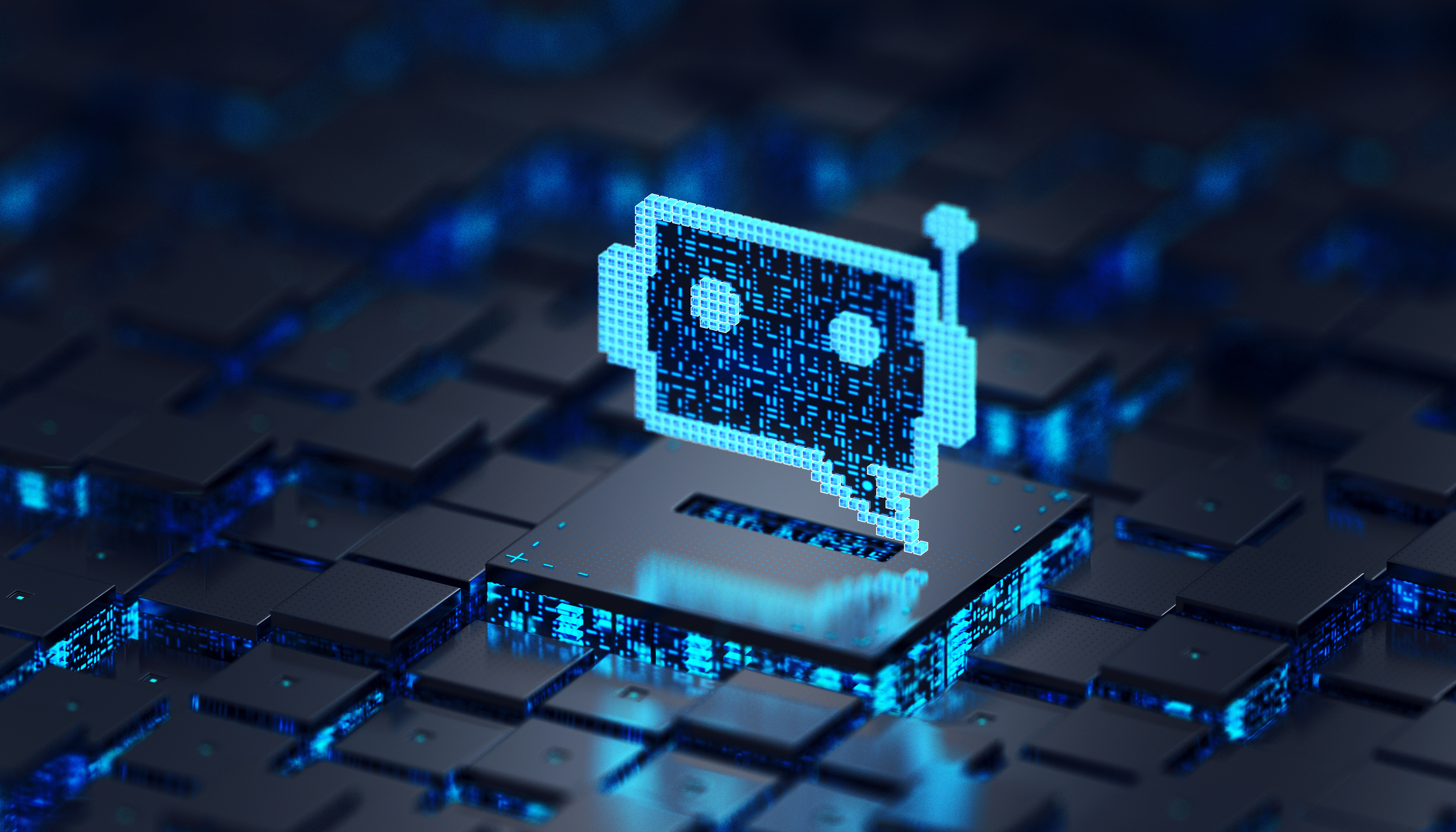When the mailbox takes over - how technology affects our productivity
 Av Klara Carlsson
April 23, 2024
Av Klara Carlsson
April 23, 2024
Stress-related illnesses are reaching alarming levels, while research reveals that office workers check their email every 6 minutes. The question is: Have today's smart communication solutions really increased our productivity, or have they driven us in the opposite direction?
Never before have so many Swedes been ill with stress-related mental illness. According to the Swedish Social Insurance Agency, sick leave with stress-related diagnoses increased by 29% from June 2019 to June 2023. Women are the main cause of sick leave (79%), but mental illness is also on the rise among men. So what is it that makes us so stressed?
There are probably several factors that influence the increased stress in society, but according to the Swedish Social Insurance Agency, the organizational and social work environment may be a cause. Today, many people experience stress in their workplaces, and research shows that tense work combined with high demands and low control over the work situation are risk factors.
Digital tools create stress
Today's workplaces are often fast-paced, with a lot to be done in a short time. Thanks to digitization and technology, many tasks can be done much faster than before, and some tasks can even be done without human intervention. But has the new technology only done us good?
For most people working in marketing and communications, the computer is the primary work tool, and some days we barely leave our screens. In the context of the pandemic, the use of digital communication services has also increased. During a normal working day, we usually jump between different email and chat programs.
According to the book "A World Without Email" by Cal Newport, the average office worker checks their email every 6 minutes, which means an average of 80 times a day. 80 times a day we take a break from our work to check if someone else wants something from us.
40% of our time is spent multitasking
According to data from RescueTime, 40% of our working time is spent multitasking, that is, working on several parallel tasks at the same time. You may not think about it, but I bet that right now, while you are reading this text, you also have a window open with your email? An old habit that you think makes you more efficient, but which in fact reduces your productivity.
A study shows that 70% of all emails received are opened within 6 seconds, and once opened, it takes another 64 seconds before the recipient can return to their original task. Talk about unnecessary time wasted.
How to work more focused
Breaking the pattern of being constantly available can be difficult, and for many, responding to emails or chat messages in real time is routine. But how do you break the trend and actually focus on one task at a time?
Of course, a lot of it comes down to expectations and work culture. Do your colleagues expect you to reply to an email within 5 minutes, or is it acceptable to wait a few hours? Clarity is important here. Management needs to set a routine at an early stage for how fast communication in a workplace should be. Once the routine is established, and everyone follows it, it is difficult to adjust it.
5 tips to help you work in a more focused way:
- Schedule your communication
Have specific times of the day when you deal with emails and chat messages to reduce interruptions and work more focused. - Turn off notifications
Turn off notifications for email and chat programs during specific periods to be able to work fully focused without interruptions. - Organize your inbox
Use folders, filters and labels to organize your inbox and manage emails more efficiently. - Take regular breaks
Schedule regular breaks where you put away your phone and computer to clear your mind and re-energize. - Blocking distracting websites
Use specific tools and apps to block access to distracting websites during specific times.

Related posts

Strengthen your employer brand and recruit easier with Teamtailor
Having a strong employer brand has become increasingly important. For many companies, new talent is one of the most important factors for continued growth and success. With the help of the digital recruitment solution Teamtailor, it is easier than ever to both strengthen your employer brand and attract new employees.

Data-driven game plan with endless possibilities
"The Grid. A digital frontier. I tried to picture clusters of information as they moved through the computer. What did they look like? Ships? Motorcycles? Were the circuits like freeways? I kept dreaming of a world I thought I'd never see. And then, one day ..."
Yes, suddenly the day is here when AI is a reality and every successful business needs a data-driven strategy.

What does the ESEF mean for your next annual report?
There is now a new EU-adapted rule on electronic reporting for Swedish listed companies. Instead of a PDF, companies must now submit the annual report in XHTML format together with the company's XBRL taxonomy to the Swedish Financial Supervisory Authority. Does it sound complicated? Don't worry, we'll try to clarify the concepts.